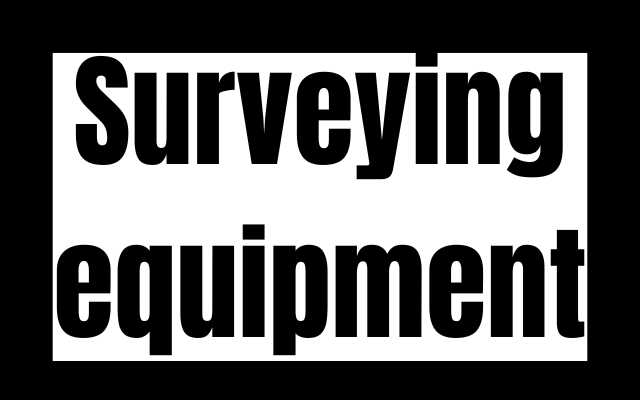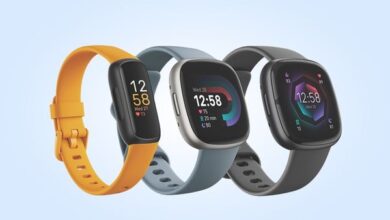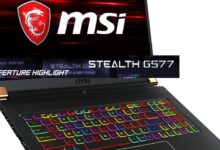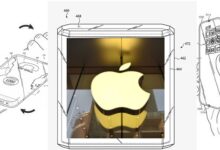What to check when renting surveying equipment?

When it comes to surveying equipment, there are many different options available. There are also a lot of factors to consider before you decide whether to rent or buy.
Having the right used survey equipment by Bench Mark USA in the field is critical to getting jobs done correctly and on time. This article will discuss the features to check when renting surveying equipment, so you can decide what will work best for your company.
Theodolite
Surveyors use Theodolites to accurately measure the distance and angles between points for land surveying. They are also used for construction applications like measuring building corners, lines, and elevations. They combine an optical plummet and a spirit level to determine horizontal and vertical angles.
There are many different types of theodolites, each with unique features. Optical theodolites are often considered the best choice for construction projects because they have large backlit LCDs that are easy to see in low-light conditions. They also feature vertical axis compensation, various programmable settings for horizontal angle resolution and beep volume, and a built-in reticule illuminator.
Digital theodolites are another option for surveyors looking for a lightweight and durable tool. Theodolites have a few parts that need to be taken care of to achieve the highest quality results. For example, the lens should be cleaned regularly to prevent fogging. The instrument should be stored in a case to protect it from dust and dirt and not be immersed in water or chemicals.
Before renting surveying equipment, ask about the manufacturer’s warranty policy. It will help you to make an informed decision about whether to rent or purchase the instrument.
Total Station
A total station is a piece of survey equipment that can be used for various measurements, from height to distance. It is used by land surveyors, civil engineers, and even archaeologists.
The instrument is also equipped with an automatic target recognizer that identifies the surveyed objects and computes distance and angle values, which can then be transferred to a computer to perform computations. Alternatively, data can be sent to an external handheld computer to perform more complex analysis processes.
It is important to remember that total stations are only part of a larger system of surveying equipment. To get accurate results, the surveying instrument needs to be accompanied by the right accessories and the correct software for processing the data.
For example, a tripod can make it easier for surveyors to set up the instrument, especially for a high-end model.
Another important feature to look for is reflectorless capability. It can greatly increase the productivity of engineers and surveyors by eliminating the need to reset the instrument above known points.
Abney Level
If you’re in the surveying field and want to take quick slope measurements, an Abney Level might be a great option.
An Abney level is often used by construction professionals and is also a handy tool for geologists. They might use an Abney level to check the changes in elevation as they work on updating topographic maps on land and offshore.
When renting surveying equipment, you should always check the features to ensure that it will fit your needs. For example, check that it’s compatible with your work type and the workflow you have in place.
It would help if you also looked for a durable product, as this will save you from having to replace it in the future. A quality Abney level will have a sturdy design that can withstand standard wear and tear.
You should also check the size of the Abney level to ensure that it will fit in your pocket or case. Some Abney levels are quite short, so they can fit perfectly in your pocket or a carrying case.
- Air monitoring systems for government activities
- HOW TO DOWNGRADE WINDOWS 11 to 10
- What is Metaverse and Why is Everyone Talking About it?
GPS
The Global Positioning System (GPS) is an international network of satellites and ground control stations that provide precise positioning, navigation, and timing.
One thing to look for when renting surveying equipment is the device’s accuracy. The more accurate the GPS, the better it will perform in the field.
You can find out how accurate a specific model is by reading reviews from other users. You can also check the manufacturer’s website for details about each model.
Another way to find out how accurate a GPS is is to look at the track record of the device. Most units will store a track record of the location of each satellite, which you can later use to trace your progress.
In addition, you can often get more information about the exact position of a satellite by looking at its ephemeris data, which includes a detailed description of the satellite’s orbit and status. The ephemeris data also contains the current date and time.
It’s important to note that the ephemeris data isn’t always updated, so you should refresh your map or other reference data periodically. It will help you make the most of your GPS, since a recent satellite change can alter your position significantly.
The accuracy of your GPS depends on several factors, including the amount of atmospheric turbulence in the area you’re navigating and the receiver’s ability to pick up a signal from multiple satellites. A high-sensitivity GPS unit can pick up more signals than a low-sensitivity one, and the more satellites it can see, the more accurate its readings will be.






